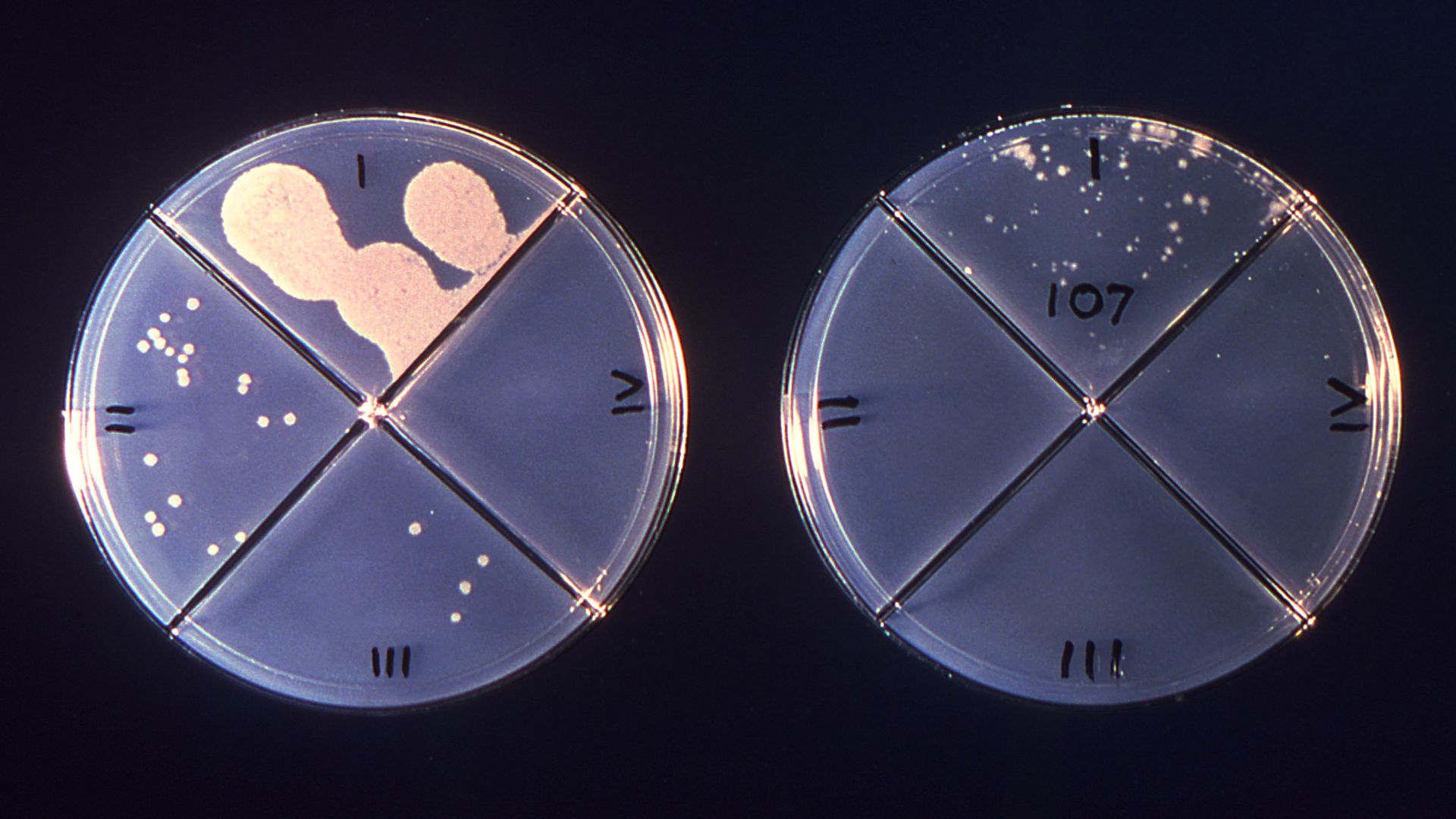When you buy through connection on our situation , we may earn an affiliate direction . Here ’s how it works .
Scientists have identified a gene that may supply cue as to why some people are more susceptible than others to the virulent disease T.B. .
The cogitation was conducted by scanning more than 333,000 genes in more than 11,000 people living in Africa , and turn up one cistron that was significantly associate with increase susceptibleness to TB .

Credit: Dreamstime
The research is different from other so - phone genome - spacious association study ( GWAS ) in two key ways , the researchers say : It looked for a genetical radio link to an infectious disease , rather than an inherited disease or circumstance , and it was conducted in African population . antecedently , scientist believe the high degree of genetic diversity among Africans could forbid GWAS from twist up any meaningful data .
" We now love that we can use this approach of screening the entire genome for conflict between sick people and sound people , and that we can chance differences between these groups , " said subject field researcher Rolf Horstmann , professor of molecular medicine at the Bernhard Nocht Institute for Tropical Medicine in Hamburg , Germany . " It has been done before indiseases like diabetes , but for infectious disease , it prove to be unmanageable . "
Only 10 percent of the world ’s populationget ghastly with TB , which is get by bacteria calledMycobacterium tuberculosis , after being exposed , Horstmann said . " So there was always the motion of why 90 percent are protected . What ’s the difference between them ? "

Scientists have knock GWAS research because the single genes that are found typically have a little impact on a person ’s danger for a disease . For example , each of a XII gene edition has been found to be associated with an extremely modest increased hazard of type II diabetes . But together , these gene calculate for about 5 percentage of the total endangerment .
But for TB , Horstmann enounce , factor that render people very susceptible to TB do not live within the current human population because an individual get such a factor would have been likely to go from TB long before they were able to have children .
The newly identified gene – call rs4331426 – is associated with only a very small increase in a person ’s risk of susceptibility to TB , and have this gene certainly does n’t make a somebody to get TB , Horstmann said . However , this gene is likely to point the path toother genetic differencesin susceptible the great unwashed , and finally , might lead to an understanding of the existent ways in which the eubstance of susceptible people serve differently from those who are resistant to TB . " We need to take care around and see what else is in the same vicinity of this gene , " Horstmann said . This gene is essentially a marker that shows scientists where TB - susceptibility cistron are potential to be found . The next steps will be to sequence the entire region of DNA found near this gene in hoi polloi who are susceptible , and then to calculate out what proteins are encode by this neighborhood of genes and what those proteins do in mobile phone , he said .

" These kinds of studies bring you to where the action is , " said Dr. Hakon Hakonarson , director of the Center for Applied Genomics at The Children ’s Hospital of Philadelphia , who was not necessitate with the young work .
" Identifying genes that make hoi polloi susceptible to TB would have a massive wallop . It ’s an extremely important finding , " Hakonarson said . He agreed with Horstmann ’s conclusion that the gene uncover by the written report is improbable to induce susceptibility to TB itself , but is likely to rest in proximity to genes that do .
An estimated 1.3 million people go from tuberculosis in 2008 , according to the World Health Organization . The highest numeral of decease was in the Southeast Asia , while the highest mortality per capita was in the Africa .

The sketch was published online on Aug. 8 in the journal Nature Genetics .















